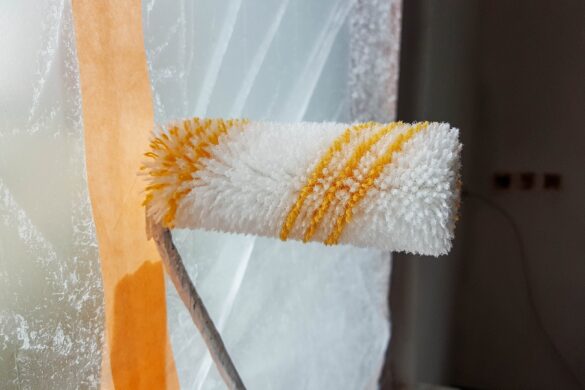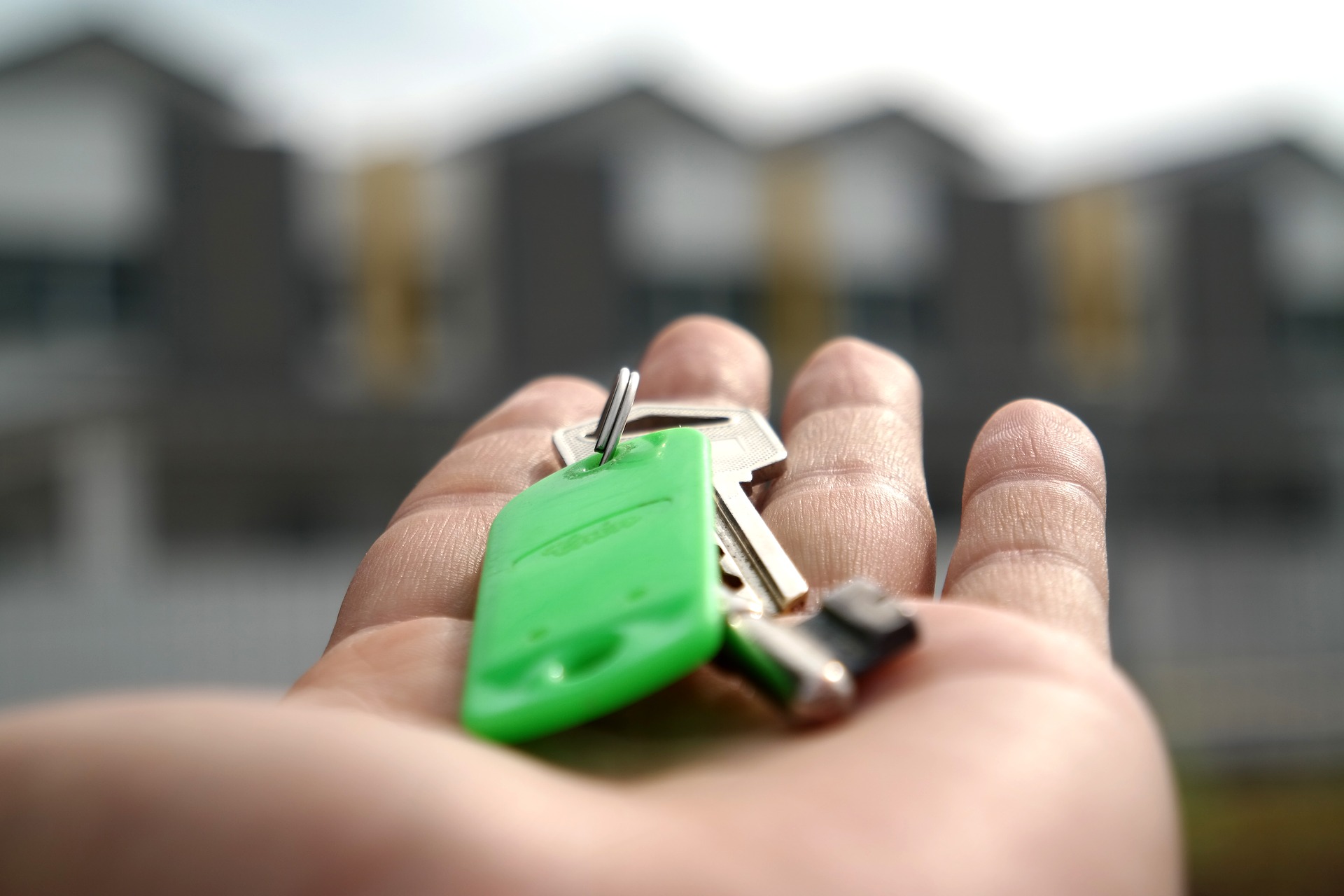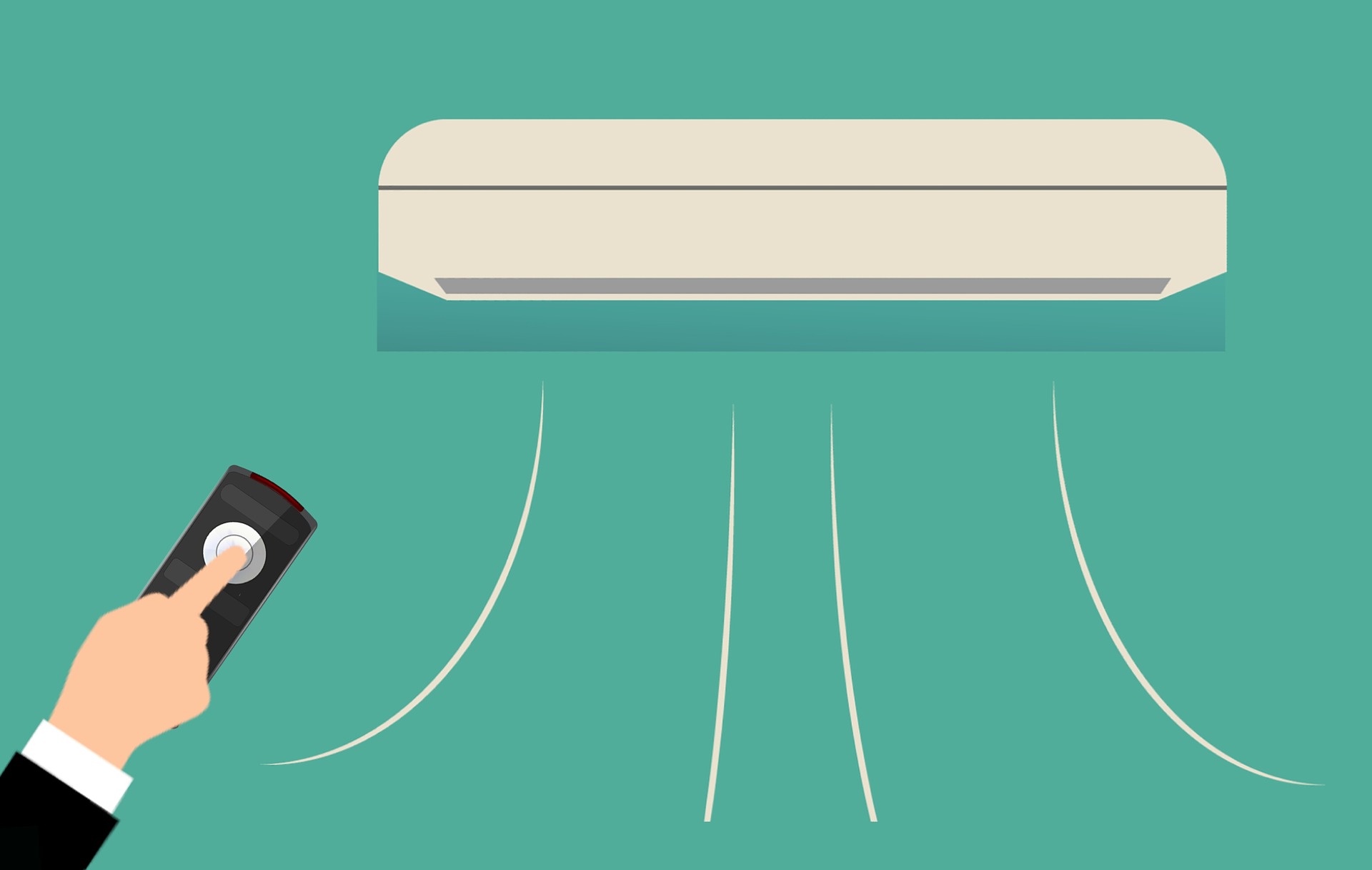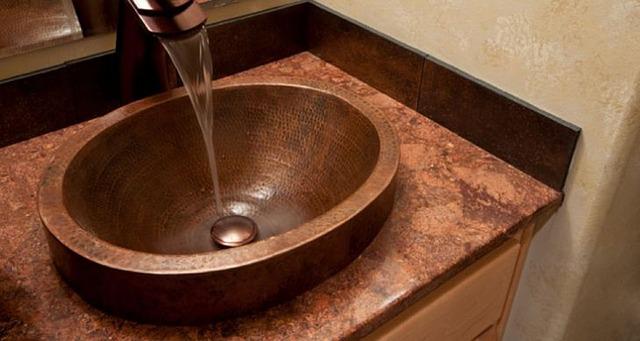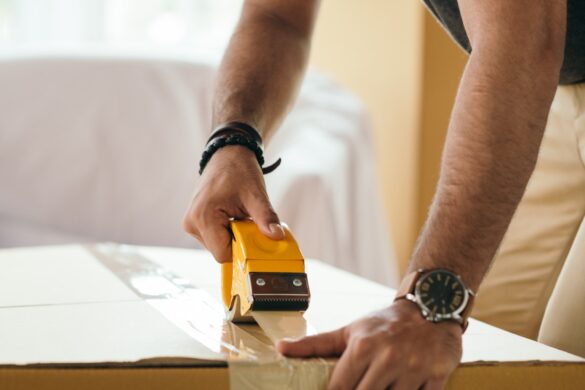
When it comes to being a homeowner, life is good, for the most part. Having your own place is quite extraordinary, and it definitely beats moving around from one rental to the other, because you don’t have a place you can really call home. Still, it is not all perfect. To be a homeowner is to deal with a lot more responsibilities than you probably pictured. If a pipe starts leaking, you can’t call your landlord to fix it free of charge; it’s you who has to take care of it. If your roof starts having problems, it is up to you to figure things out. Replacing the roof might be a bit more complicated, though, than dealing with a busted pipe. Here is how you can replace it.
1. Roof over
Chances are this is the first time you have ever heard of that expression. Most people believe that, to replace your roof, you need to tear the old one off and add new shingles made out of any materials you want. While you can do that, this is definitely not your only option. You could also add a second layer over your current roof, without needing to tear anything off. Fortunately, the majority of building code permits allow you to have two layers of shingles on the roofs of a certain slope –– usually 4/12 or less –– while others allow for even up to three layers if the roof is steeper. If that is the case and there are no problem permits wise, then you should definitely consider a roof over.
There are some other angles that you need to cover, though. You obviously have to make sure your roof already has just one layer as it is before considering adding a new layer. Its structure should also be capable of supporting the new weight of added shingles without faltering. The last thing you need to check is that the sheathing has no damage, because if it does have minimal damage, you can fix it or reinforce it. Adding shingles over your current roof is definitely a great option because it saves you a lot of time and money, and you’ll need a lot less workers to help you with this.
2. Tearing off the old roof
This is your second option, which entails completely removing your current roof so you could install new shingles. This will include a lot more work and it’s a bit more complicated than a roof over. The plus side is you can add a better roofing now that you’ve removed the old one, and as you can see if you click here, a metal roofing is one of the best choices you can get. It can last for a very long time –– 40 to 70 years on average. It also offers better heat insulation and can help you save on energy costs. The important thing to consider when going for metal roofing is getting the right people to do it. They should have experience in the field and offer excellent services to get this done for you.
Removing the old shingles is a bit tricky and it requires hiring people who know what they are doing so they don’t cause any damage to your property. They would remove the old ones and then start adding the new shingles, metal or other, and you would have your new roof within a few days if they are really good.
3. Replacing damaged shingles

The third way of approaching problems with your roof doesn’t necessarily entail changing the entire roof, whether that is by installing a new one over it or entirely removing it for a replacement. Perhaps the problem is only with a few shingles that are broken or leaking. In that case, you will just need to replace those damaged shingles and add new ones. The first thing you will need to do is identify the area that is causing problems in your roof, and then start checking if it is just a few shingles or if you really need a new one. There is no sense in rushing into getting a replacement roof if the problem is minor and can be fixed with little effort, which will definitely save you money.
While there are videos online and tips on how to replace your own roof without help, it is always better that you get professionals to do it for you. It will save you time, effort, and money, because the last thing you want is to have to get a replacement roof after a few years because you didn’t do it right the first time.
